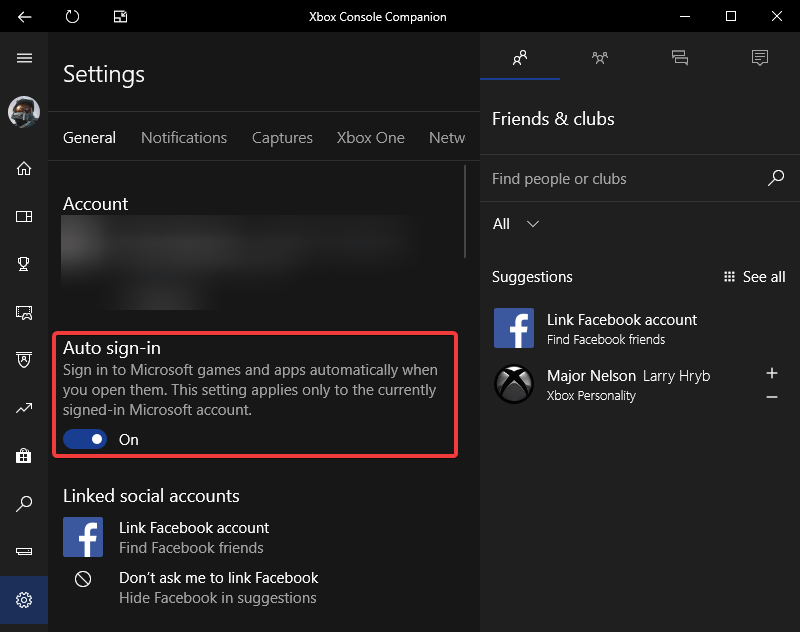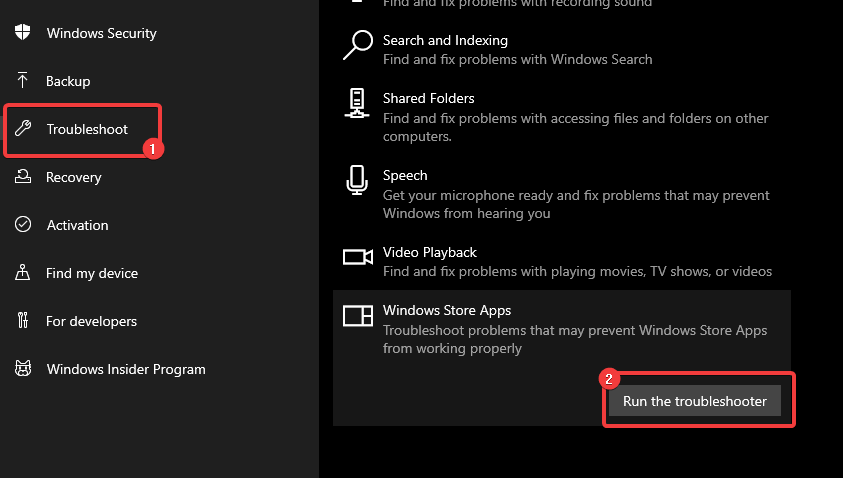
“So now I’m in secondary school, I’m 15 years old, I was on my computer in school and I go onto college and I go on into the work world and now I’m 50 years old, 70 years old and I see that image somewhere. He continued: “I have a theory that anybody now from aged 15 on for the rest of their life will remember this photograph.

“We were walking through the Chicago airport years ago and there it was.” ‘Bliss’ was reportedly purchased by Microsoft for a “low six-figure” sum of over $100,000, although the exact figure is unknown.įor O’Rear there is no escaping the ‘Bliss’ image: “No matter where we’ve been in the world – India, Thailand, Greece – that picture is always there, either on some old computer in an upscale hotel that hasn’t been updated in 30 years in the lobby the people are checking you in on, or, we saw that picture in billboards, airplanes, at airports,” O’Rear said. “When I die, although I won’t be buried, Daphne has said, on your tombstone, we’re not going to say National Geographic, we’re going to say ‘Photographer of Bliss’.”īliss ended up in the lap of Microsoft’s Bill Gates, after his Corbis group bought Westlight stock photo agency in 1998 – Westlight the agency the photographer originally submitted ‘Bliss’ to. O’Rear explains: “I get emails maybe every week or two, something related to the ‘Bliss’ photograph. His wife joked: “Twenty-five years at Geographic and nobody ever gives a damn about that.” While the image was just another frame for O’Rear, it has become his favourite. I think if I had shot it with 35 millimetre, it would not have nearly the same effect,” O’Rear says in a video for Microsoft, shot by cameraman Bar Leferink and directed by Marcel Buunk under company Shoot the Rabbit. “The size of the camera and film together made the difference and I think helped the Bliss photograph stand out even more.


I used a film that had more brilliant colours, the Fuji Film at that time, and the lenses of the RZ67 were just remarkable.


 0 kommentar(er)
0 kommentar(er)
